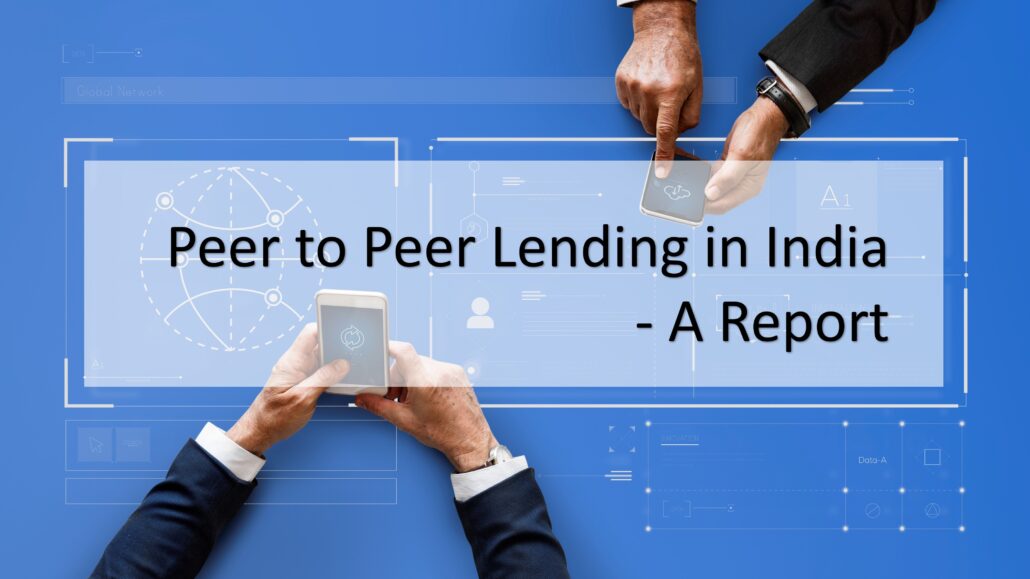– Vinod Kothari, Director ( finserv@vinodkothari.com )
Digital technology has disrupted a whole lot of things in our daily lives; slowly but surely, Fintech is changing the way we make payments and remittances, make or monitor investments, store and analyse financial data, and so on. One of the very important aspects of financial services industry – origination of loans, is also being fast impacted by the advent of technology. Financial Technology (Fintech) has impacted both the way lenders originate credit, as also the essential function of financial intermediation. Fintech has brought artificial intelligence to collect data about consumers, their behavior on social networking, the social, financial and personal data about the consumer, and process the same to create completely new algorithms to provide credit scores to individuals, and thereby form the basis of credit decisions. As a result, loan origination, which in traditional system of credit evaluation and underwriting, would have taken weeks, is now completed online, in seconds. The second stage of lending, which is actual disbursal of loans, could have taken another few weeks, but is now done instantaneously by crediting the sanctioned loan to the mobile wallet of the consumer.
Apart from Fintech-assisted lending (which is given a broad term called “alternative lending”), the very function of financial intermediation has also been disrupted by the emergence of P2P technology, or so-called uberisation of lending. P2P lending, also known by various names such as marketplace lending, or platform lending, is also sometimes referred to as “fintech credit”. P2P lending, having passed through some challenges itself, particularly in countries such as China and UK, is now learning to live with moderate regulation, and is strongly poised for growth, and if predictions have it, it may change the face of financial intermediation sooner than one would imagine.
This article is structured as follows: we start with the broader definition of fintech credit and briefly discuss its evolution and current state of development and regulatory framework across the world, and then move to specifics of P2P lending, the various types of P2P lending models that have emerged. We then discuss P2P regulations in different countries, before focusing on India. We now turn focus to India to talk about RBI regulations, and the current state of the market in India and the way forward. Finally, we deal with its prospects in global as well Indian context. Before closing, we deal with the role that company secretaries may have in the field of Fintech credit.
The article has been published in the March, 2020 edition of Chartered Secretary and can be read here Page 48 onwards.

 Loading…
Loading…
